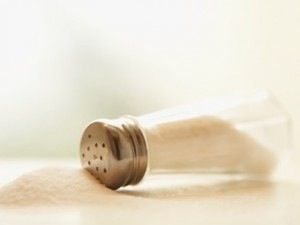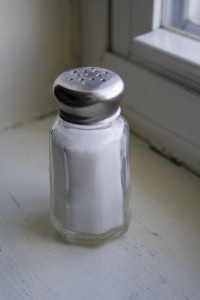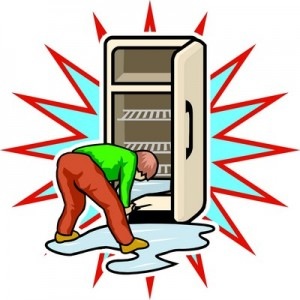 The short answer: no – even though sea salt might be marketed as a health food.
The short answer: no – even though sea salt might be marketed as a health food.
Chemically, table salt and sea salt are not much different although they might taste different or have different textures. Sea salt and table salt, by weight, have the same amount of sodium chloride.
Sea water is evaporated to make sea salt. There is little processing and the water source, along with the trace minerals and elements left behind after evaporation, add flavor and color. Sea salt comes in different degrees of coarseness and types of grain or flake.
Table salt, mined from underground salt deposits, goes through processing to eliminate minerals. It usually has an additive to prevent clumping and may have added iodine, which sea salt doesn’t have.



